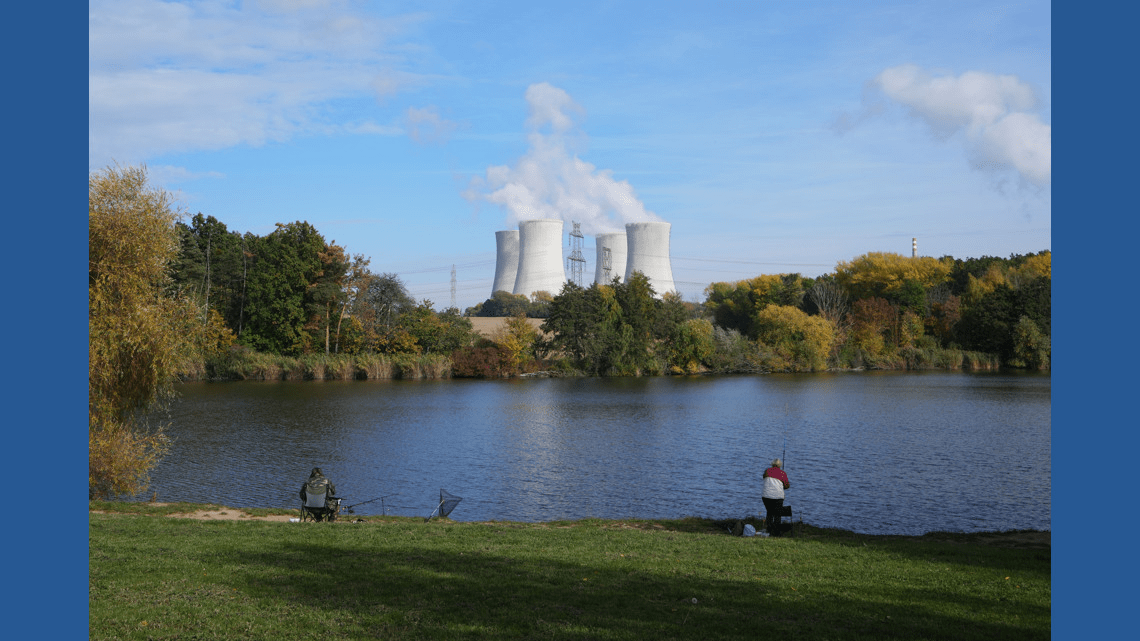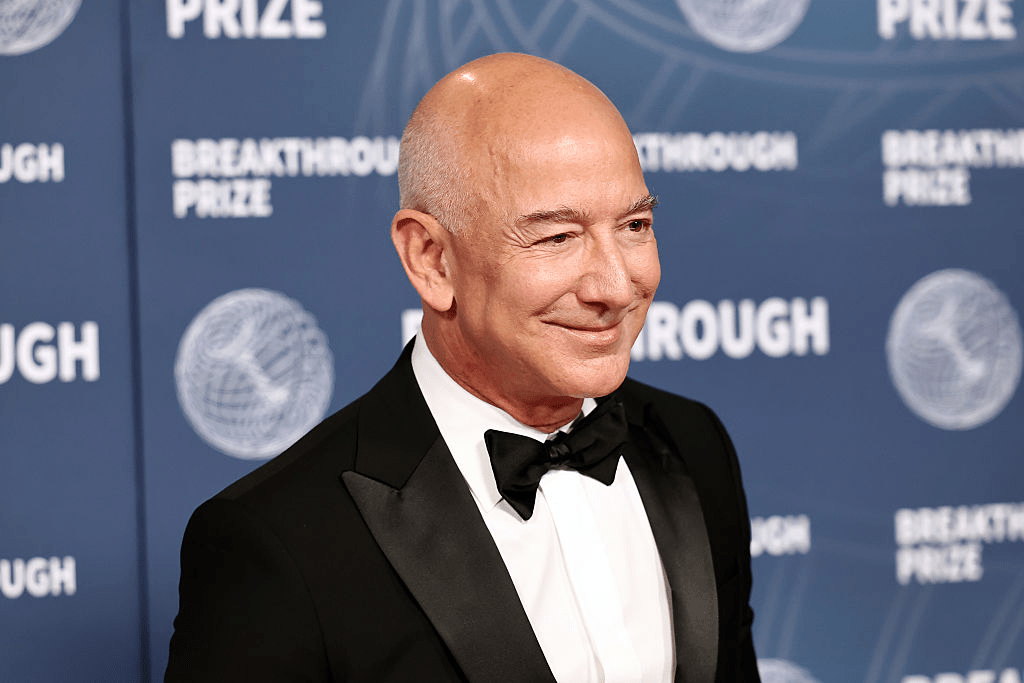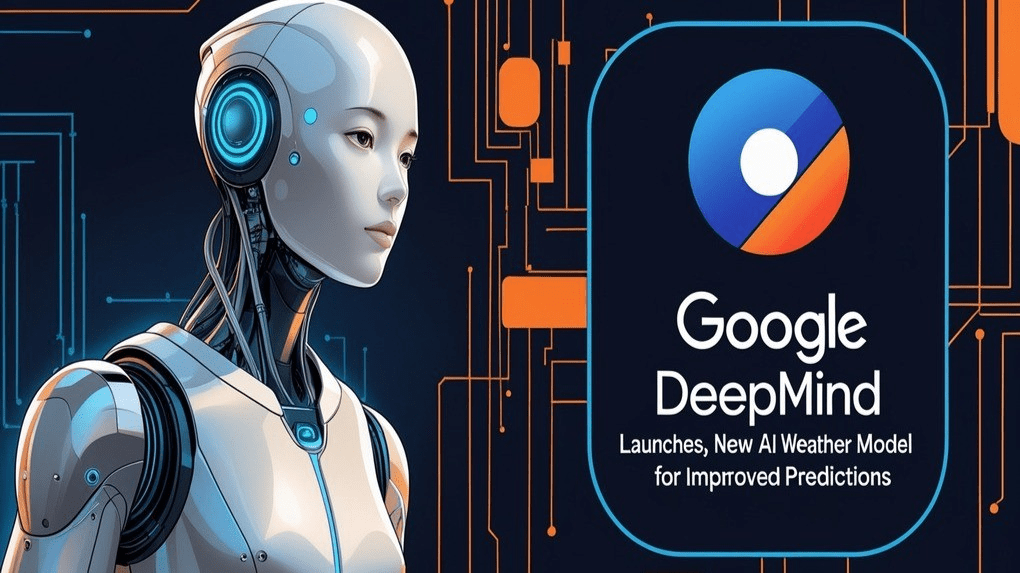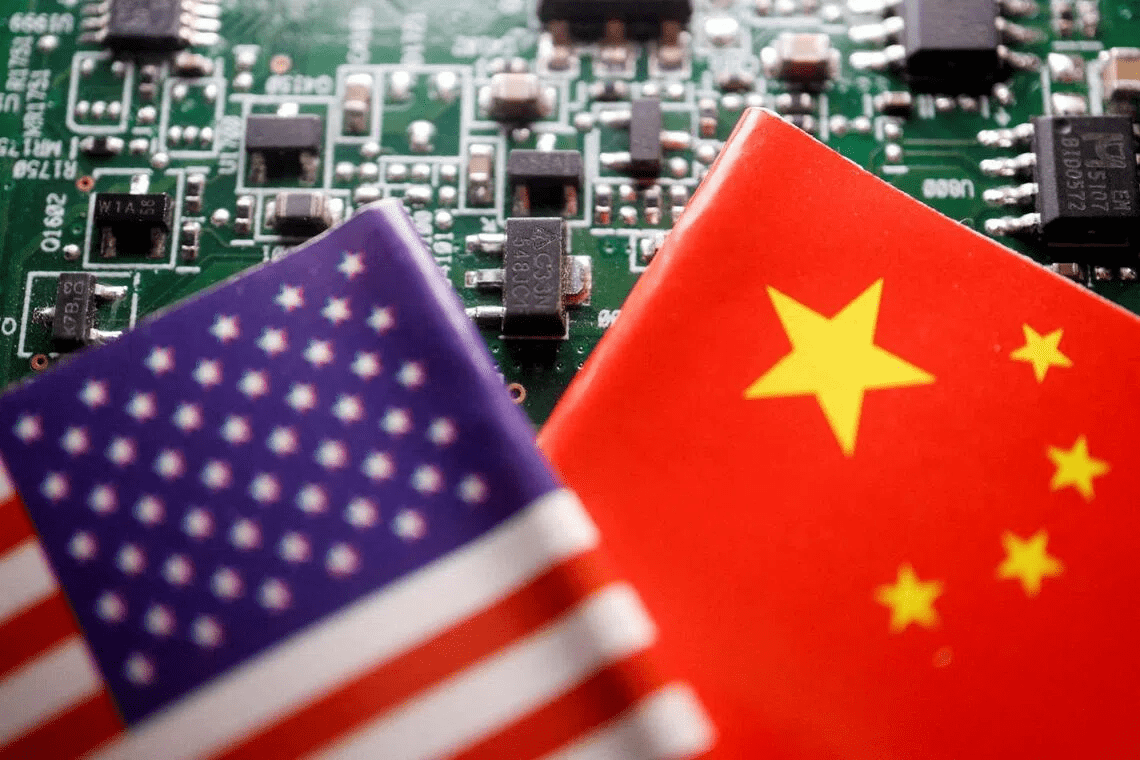The shape of the genre today
Romance fiction has widened into a diverse, dynamic field that now includes historical epics, queer narratives, speculative love stories and culturally specific voices—making the genre more than a guilty pleasure and instead a hub of creative experimentation. Contemporary authors blend classic structural beats—meet-cutes, conflict, and satisfying resolutions—with new settings and ethical nuance. Readers value emotional honesty and predictable payoffs alike; in uncertain times, the promise of a negotiated, hopeful ending offers comfort even as writers push for complexity in characterization and social detail. Online communities and book clubs have powered many recent breakout successes, turning grassroots enthusiasm into outsized market visibility.

Platforms, markets and what to read next
Digital self-publishing, serialized platforms and audiobooks have democratized access for authors and broadened options for readers. Independent writers can build audiences without traditional gatekeepers, while translations and audio editions expand reach across borders. Publishers and indie presses have responded with savvy marketing—cover redesigns, influencer engagement and themed bundles—that turns attention into sales. That attention has also raised critical debates about representation, consent and the depiction of problematic behavior, prompting authors to portray relationships with greater nuance. For new readers, the best approach is sampling across subgenres and following community recommendations rather than relying solely on bestseller lists. The genre’s revival reflects structural shifts in production, promotion and readership: romance has become a mainstream engine that reshapes publishing norms while rewarding curiosity and empathy.

 TPW DESK
TPW DESK 









